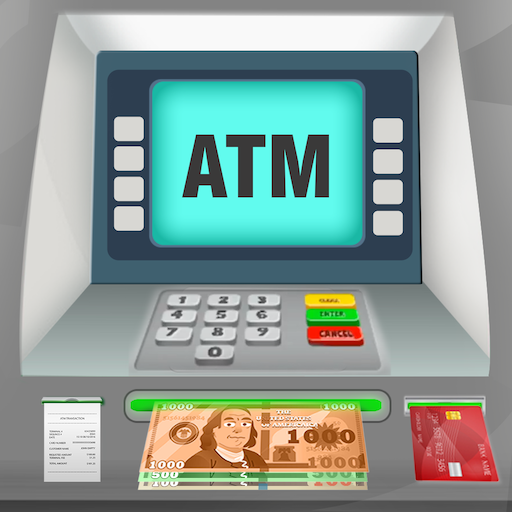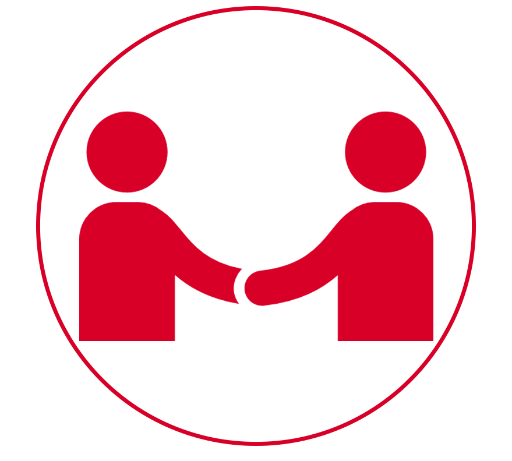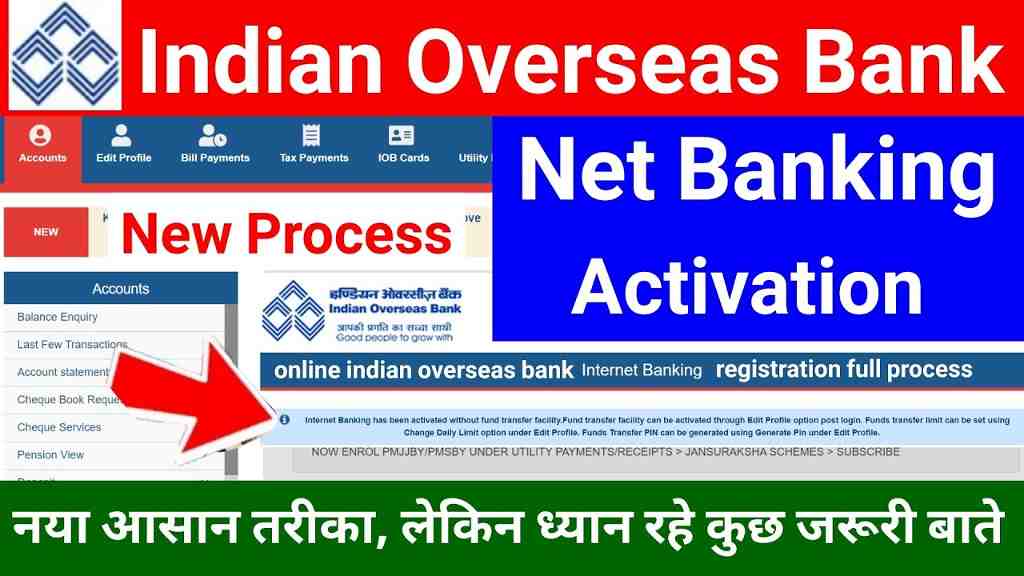atm | atm full form | atm machine | automated teller machine | what Is atm | atm meaning | atm meaning | atm stand for
ATM stands for Automated Teller Machine, a machine that allows individuals to perform basic transactions like withdrawing cash, checking their bank account balance, and depositing money without the need of a teller.

An ATM is a self-service machine that enables bank customers to access their financial accounts 24/7. To use an ATM, a customer must insert their bank card and enter a personal identification number (PIN) to confirm their identity. The machine then allows the customer to perform a range of transactions, such as withdrawing cash, checking account balances, making deposits, and transferring funds between accounts. ATMs are convenient, quick, and secure, making them a popular choice for banking transactions.
What Is an Automated Teller Machine (ATM)?
An ATM, short for Automated Teller Machine, is a self-service electronic banking platform that gives customers the power to manage their financial accounts on their own terms, without the need for a bank representative. With just a debit or credit card, anyone can access cash from ATMs in the USA or around the world.
This machine offers a convenient way for consumers to handle routine banking transactions, including cash withdrawals, deposits, bill payments, and account transfers. However, there may be fees charged by the account-holding bank, the ATM operator, or both. These fees can be bypassed by using ATMs directly operated by the account-holding bank. It’s important to note that using ATMs abroad may incur additional costs compared to using one within the USA.
KEY TAKEAWAYS
Here are some key takeaways about ATMs:
- An ATM, or Automated Teller Machine, is an electronic banking outlet that allows customers to perform basic transactions without the aid of a bank representative or teller.
- Customers can access cash using a credit or debit card and perform transactions like withdrawals, deposits, bill payments, and account transfers.
- Fees may be charged by the bank that holds the customer’s account, the operator of the ATM, or both.
- Customers can avoid fees by using ATMs directly operated by their account-holding bank.
- Using an ATM abroad may incur additional costs compared to using one within the country.
Understanding Automated Teller Machines (ATMs)
Automated Teller Machines, or ATMs, are electronic banking outlets that allow customers to perform basic banking transactions without the need for a bank representative or teller. Customers can use ATMs to access cash with a debit or credit card and perform transactions such as withdrawals, deposits, bill payments, and account transfers.
ATMs are a convenient way for customers to manage their finances as they offer quick and easy self-service options. However, fees may be charged by the bank that holds the customer’s account, the operator of the ATM, or both. These fees can be avoided by using ATMs directly operated by the account-holding bank.
Using an ATM abroad may incur additional costs compared to using one within the country. It’s important for customers to familiarize themselves with the fees and policies of the ATMs they use to ensure they are getting the best value for their transactions.
Overall, ATMs are a valuable resource for customers looking to manage their finances and perform basic banking transactions at their convenience.
Types of ATMs
There are several types of ATMs, each serving different purposes:
- On-site ATMs: These are ATMs located inside a bank branch or other financial institution. They provide customers with access to their accounts during regular business hours and are often used for making deposits and withdrawals.
- Off-site ATMs: These are ATMs located outside a bank branch, such as in a shopping center, airport, or other public location. They are designed for convenient access to cash and account information for customers who are not near a bank branch.
- Drive-up ATMs: These ATMs are designed for customers to use from their cars, making it easier for those who are disabled or have mobility issues.
- Deposit-taking ATMs: These ATMs allow customers to deposit cash, checks, or both into their accounts. Some deposit-taking ATMs also have the capability to count and verify the amount of the deposit.
- Full-service ATMs: These ATMs provide customers with a range of services, including cash withdrawals, deposits, account transfers, and bill payments.
- Cash dispensing ATMs: These ATMs only provide cash withdrawals and are typically found in high-traffic areas.
The type of ATM used by a customer will depend on their specific banking needs and the services offered by their financial institution.
ATM Design Elements
The design elements of an ATM typically include the following components:
- Card reader: This is where the customer inserts their debit or credit card to access their account information.
- Keypad: The keypad is used by the customer to enter their personal identification number (PIN) and to select the desired transaction.
- Display screen: The display screen shows information about the customer’s account and provides instructions for the transaction being performed.
- Receipt printer: This is where the customer’s transaction receipt is printed.
- Cash dispenser: The cash dispenser is where the customer’s cash is dispensed in case of a withdrawal.
- Deposit slot: The deposit slot is where the customer inserts cash or checks for deposit.
- Security features: ATMs have various security features in place to protect the customer’s account information and prevent unauthorized access to their funds. These may include cameras, security alarms, and encryption technology.
The design of an ATM is critical to its functionality and user experience. The components listed above are standard for most ATMs, but the specific design may vary depending on the manufacturer and the type of ATM.
How to Use an ATM
Here are the general steps to use an ATM:
- Approach the ATM and insert your debit or credit card into the card reader.
- Enter your PIN. The ATM will confirm that the card is valid and that the PIN is correct.
- Select the desired transaction, such as cash withdrawal, deposit, or transfer.
- Follow the instructions on the display screen to complete the transaction. For cash withdrawals, select the amount and the cash dispenser will dispense the requested funds. For deposits, insert the cash or check into the deposit slot.
- Take your receipt, which will show the details of the transaction.
- Remove your card and any cash or receipts.
It is important to follow all security guidelines when using an ATM, such as shielding the keypad when entering your PIN and being aware of your surroundings. If you notice anything suspicious or experience any problems, it’s recommended to cancel the transaction and report it to the bank.
ATM Fees
Using an ATM can incur fees, either from the bank that holds the customer’s account or from the operator of the ATM. These fees can include:
- Foreign transaction fees: If the ATM is located outside the customer’s home country, they may incur a foreign transaction fee.
- ATM operator fee: Some ATM operators charge a fee for using their machines, regardless of whether the customer’s bank is the same as the ATM operator.
- Out-of-network fee: If the customer uses an ATM that is not part of their bank’s network, they may incur an out-of-network fee.
- Balance inquiry fee: Some ATMs charge a fee for checking account balances, even if no other transactions are made.
- Overdraft fees: If the customer withdraws more money than is available in their account, they may incur an overdraft fee.
To avoid ATM fees, customers can use ATMs operated by their bank or credit union, opt for online or mobile banking, or use a debit card that offers fee-free access to a network of ATMs. It’s important to review the fees associated with using an ATM and consider these costs when choosing a bank or credit union.
ATM Ownership
ATMs can be owned by a variety of entities, including banks, credit unions, independent operators, and retailers.
- Bank-owned ATMs: These ATMs are owned and operated by the customer’s own bank or credit union. Customers may not incur fees for using these ATMs and can often access a wider range of services, such as account transfers and balance inquiries.
- Independent operator ATMs: These ATMs are owned by independent companies that install and operate ATMs in various locations, such as convenience stores and shopping malls. Independent operator ATMs may charge fees for using the machine, regardless of whether the customer’s bank is the same as the ATM operator.
- Retailer-owned ATMs: These ATMs are owned and operated by retail businesses and are usually located on their premises. Retailer-owned ATMs may charge fees for using the machine, regardless of whether the customer’s bank is the same as the ATM operator.
It’s important for customers to be aware of the ownership of the ATM they are using, as it can affect the fees they may incur and the services available. By using ATMs owned by their own bank or credit union, customers can often avoid fees and have access to a wider range of services.
Using ATMs Abroad
Using an ATM abroad can be convenient for accessing cash while traveling, but it can also be more expensive due to additional fees and exchange rates. Here are some things to keep in mind when using an ATM abroad:
- Notify your bank: Before traveling, let your bank know that you will be using your debit or credit card abroad. This can help prevent the bank from freezing your account due to unusual activity.
- Look for ATMs in safe locations: When using an ATM abroad, it’s important to look for ATMs in well-lit, busy areas to reduce the risk of theft or fraud.
- Check fees: When using an ATM abroad, customers may incur additional fees, such as foreign transaction fees and ATM operator fees. It’s important to check with your bank or credit union to understand the fees associated with using an ATM abroad.
- Consider using a debit card with no foreign transaction fees: Some debit cards offer fee-free access to a network of ATMs worldwide, which can help reduce the cost of accessing cash abroad.
- Know the exchange rate: When using an ATM abroad, customers will typically receive cash in the local currency. It’s important to be aware of the exchange rate and to understand how it affects the amount of cash received.
By following these tips, customers can use ATMs abroad with confidence and minimize the costs associated with accessing cash while traveling.
How ATM Work
Conclusion
In conclusion, Automated Teller Machines (ATMs) are convenient self-service banking outlets that allow customers to perform basic transactions such as deposits, withdrawals, bill payments, and transfers. They can be owned by banks, credit unions, independent operators, or retailers, and fees for using an ATM may vary depending on the ownership and location of the machine.
When using an ATM abroad, customers should be aware of additional fees, exchange rates, and safety precautions. By understanding the various aspects of ATMs, including their design elements, usage, fees, and ownership, customers can make informed decisions and use these machines to their advantage.
How ATM Work FAQs
When a withdrawal is selected the transaction is processed and, if approved, your bank debits your account for the amount. This transaction is sent back through the ATM networks and processor to the ATM. The mainboard then initiates the dispensing of the cash.
An ATM allows customers with credit or debit cards to carry out basic banking transactions without the aid of a human bank teller. Customers can use them to withdraw cash, check their bank balance or get a printed balance statement. Some ATMs also allow customers to make cash deposits and move funds between accounts.



